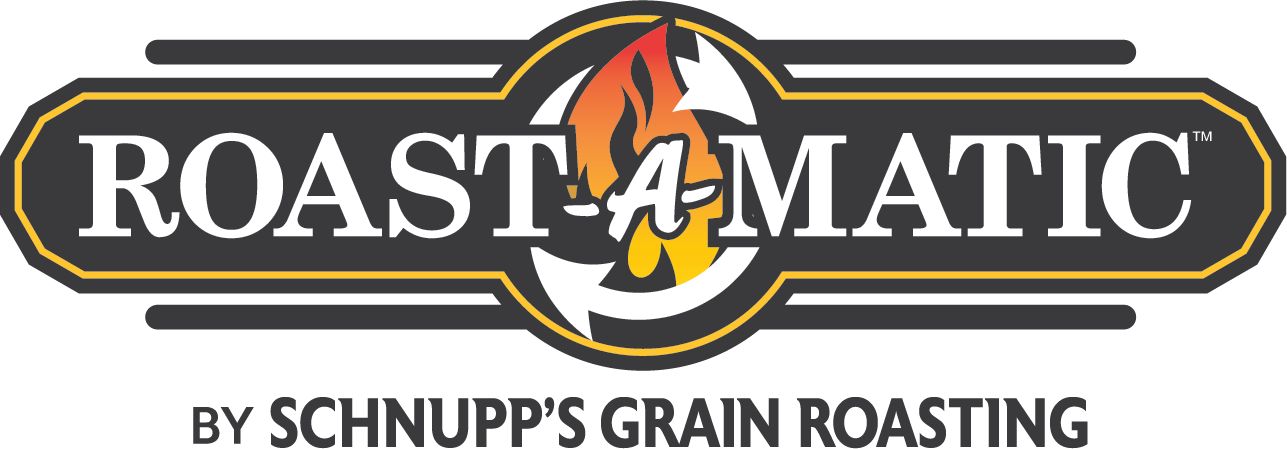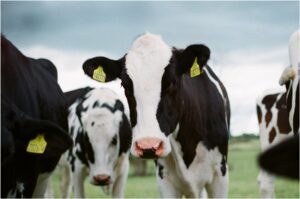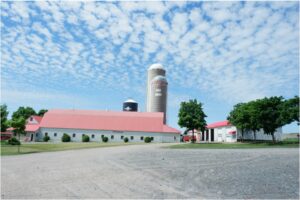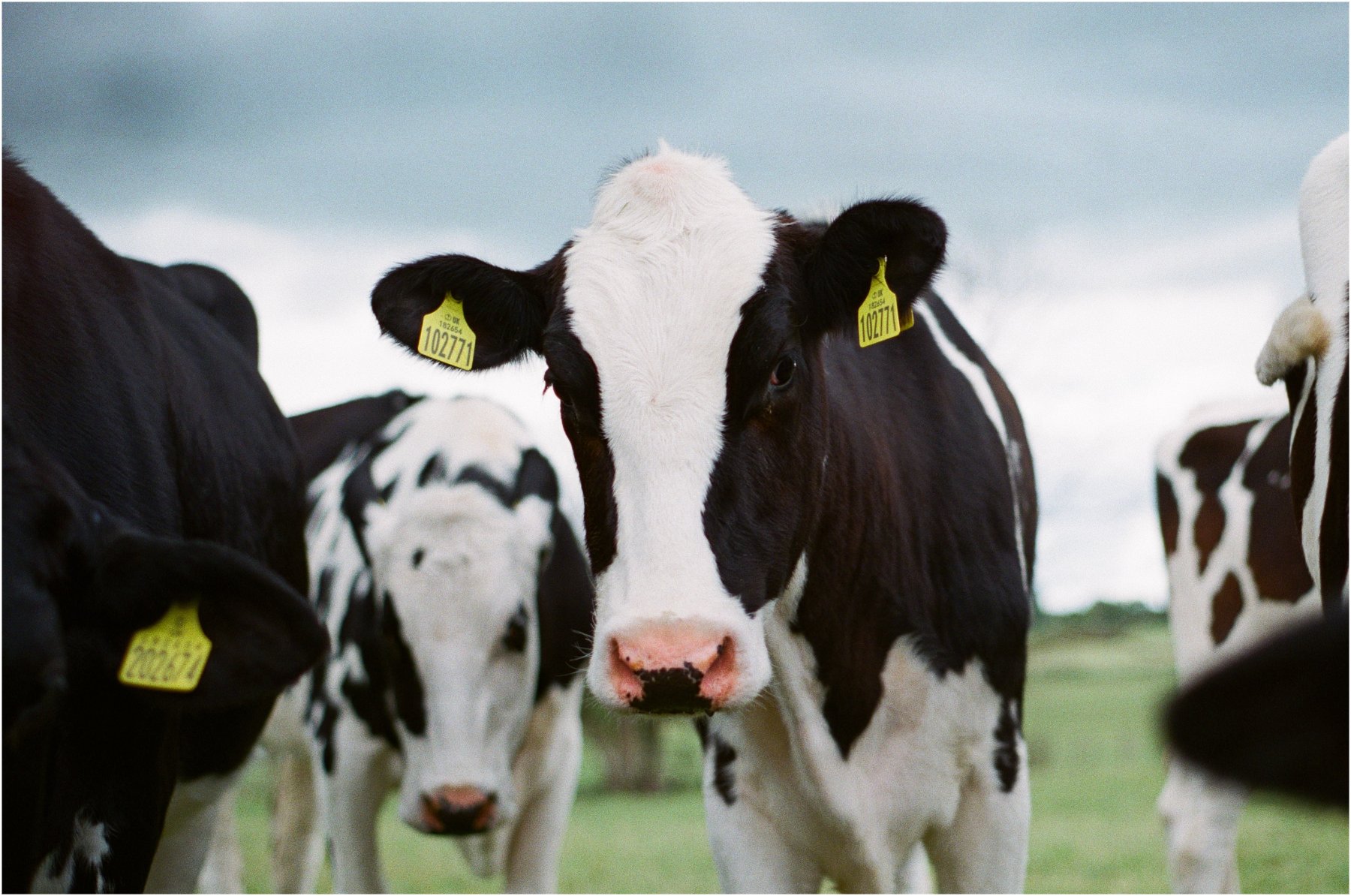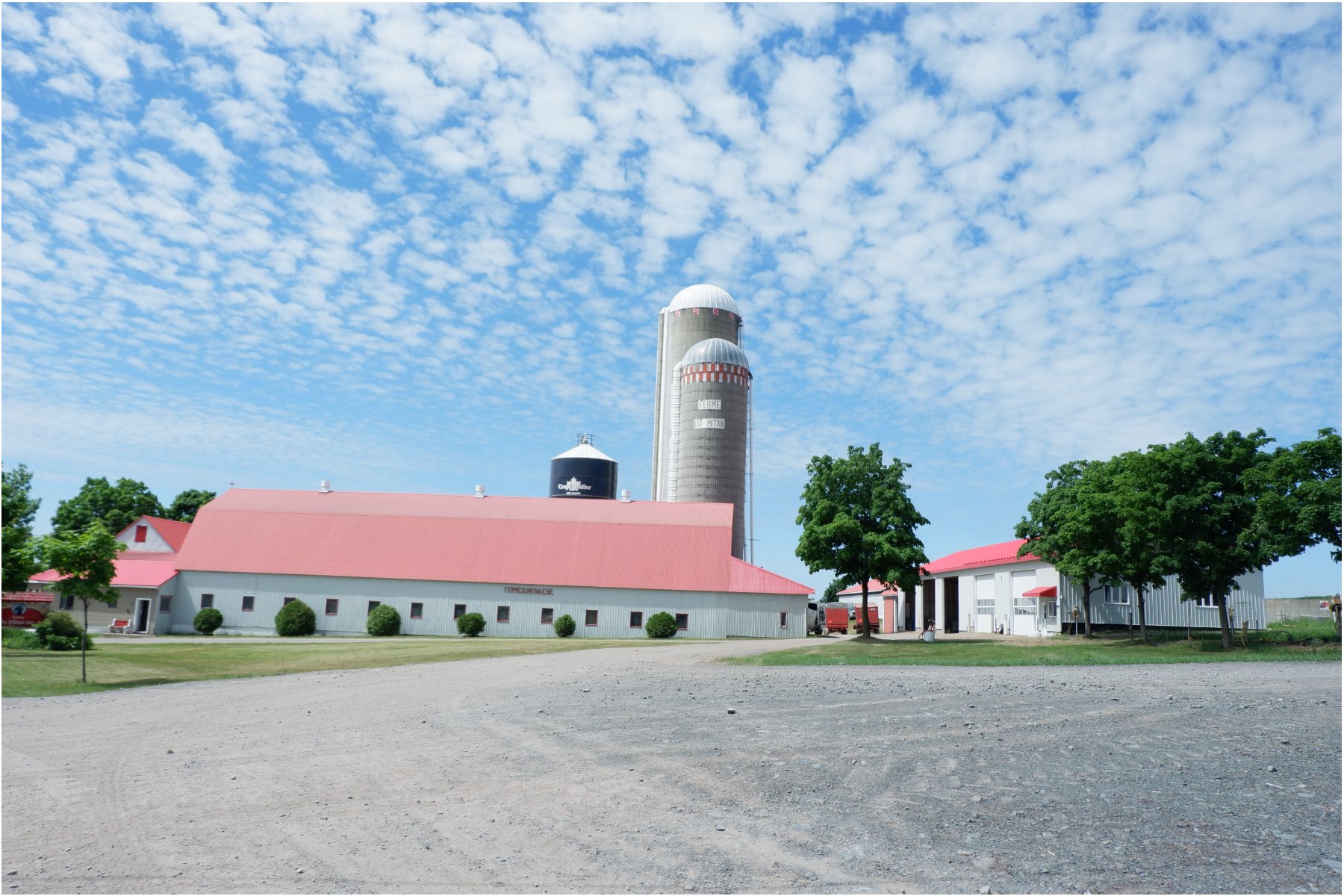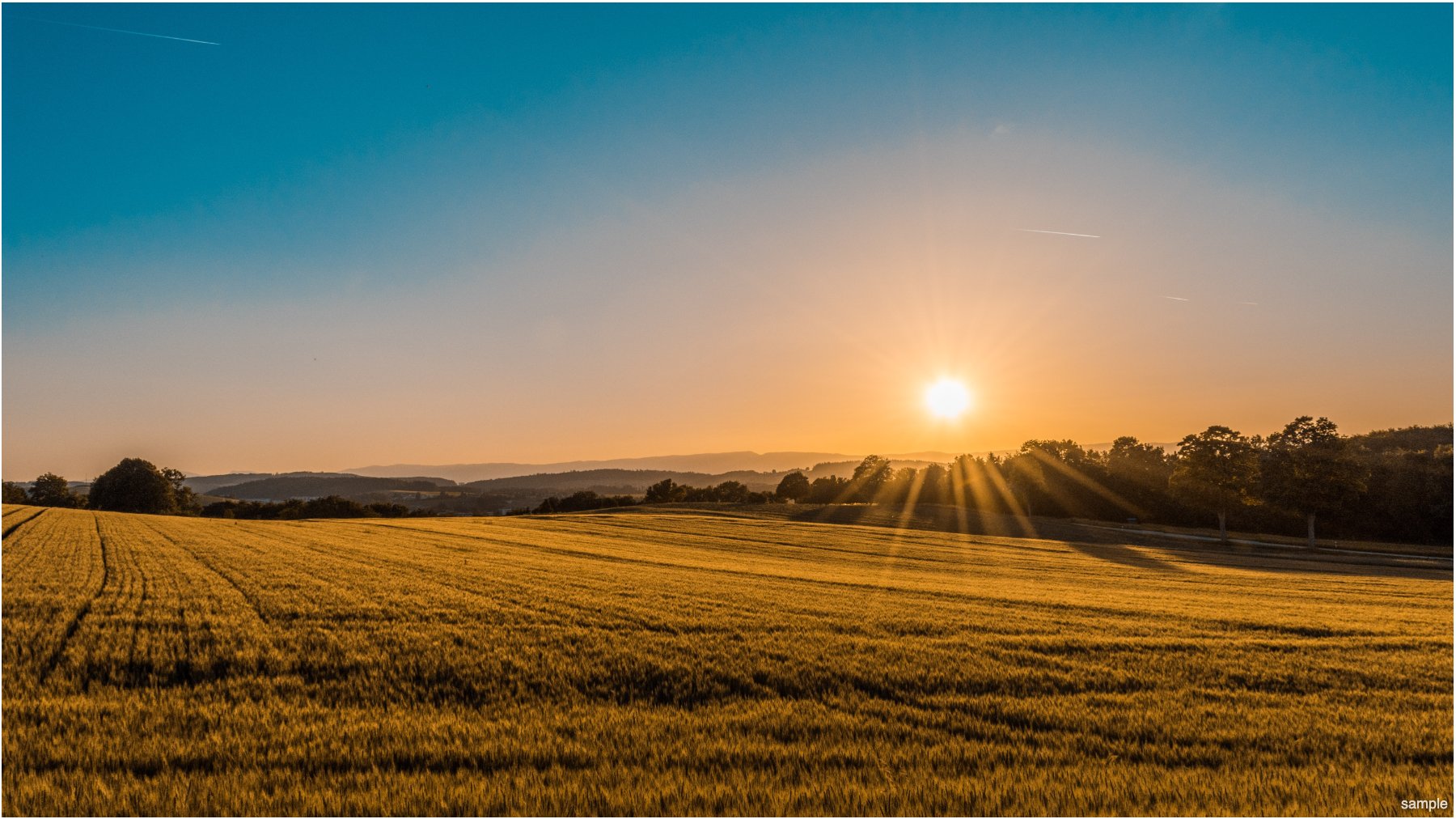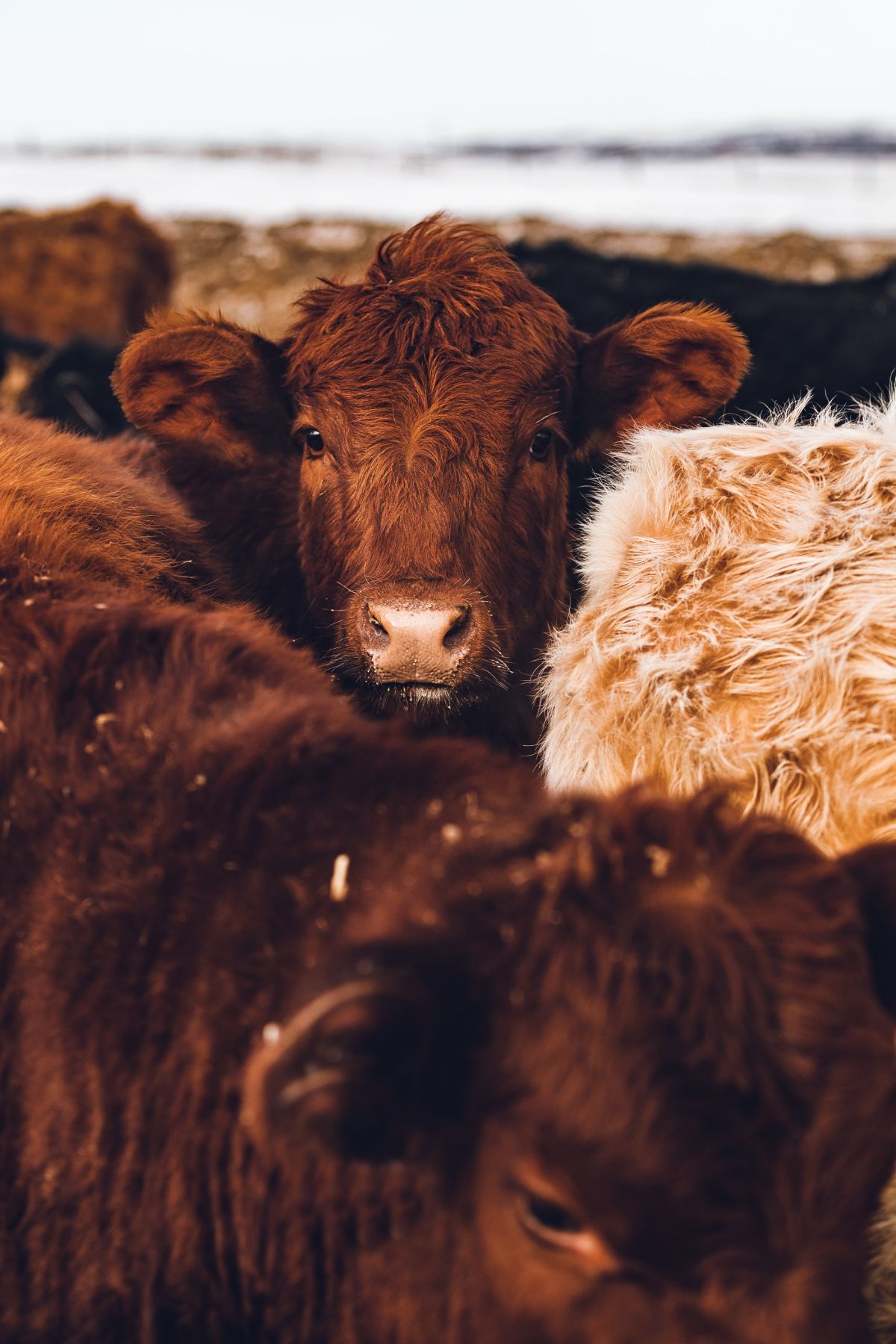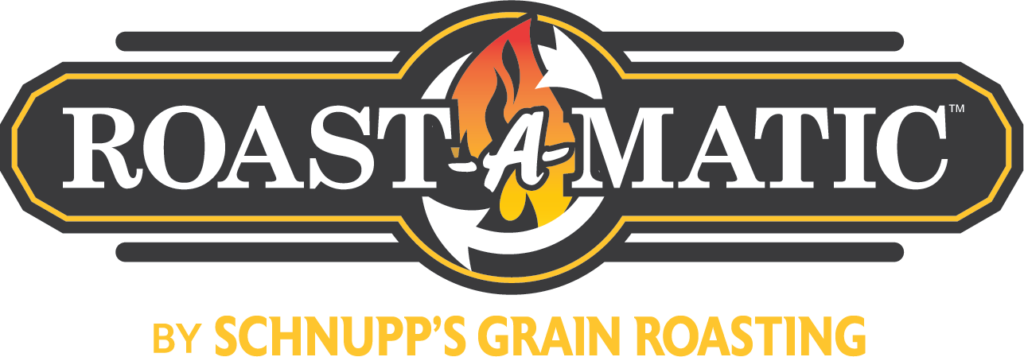Grain Roasting is a new process that has become increasingly popular in recent years – and for good reason.
Grain roasting is the process of maximizing the nutritional value of various grains for feed to your livestock. This technique has become increasingly popular in recent years – and for good reason. Grain roasting allows farmers to roast corn, soybeans, barley, and other grains on-site in an efficient manner. Livestock are healthier, happier, and farms consistently increase their bottom line using roasters.
Unsure of why farms choose to roast their grains? We’re sharing all you need to know about the purpose of grain roasting and how it can benefit your business.
So what is the purpose of grain roasting?
The purpose of grain roasting ultimately boils down to raising healthier livestock that positively influences all aspects of any farm. It works kind of like this:
Roast your grain > livestock consume higher quality foods in lesser amounts > livestock experience better digestion, less health complications, and increased healthy weight gain > Healthy moms grow stronger and can produce more milk, resulting in growing healthier, stronger offspring > you save on your bottom line
Types of grain roasting and their advantages
Roasted Corn
If you’re looking to roast corn at your facility, you can expect to benefit from these outcomes:
- Have an earlier harvest – Our roaster will dry corn down eight to ten points of moisture.
- Experience higher digestibility – Research studies show that roasted corn is more digestible than raw corn. The digestibility level gets increased by 13% when using a roaster.
- Feed becomes purer – Our flame roaster can effectively remove mold spores and reduce toxin levels that are harmful to livestock, swine, and poultry.
- Minimize fermented feed – Supplementing the hay and corn silage diet with dry corn aids better rumen health.
- Gain increased gelatinization – The corn roasting process increases the speed of starch availability. Raw corn normally has a 6-8% fecal starch, and roasted corn is about 2-3% fecal starch.
- Enjoy greater profits – Roasting corn is proven to advance milk production, according to a trial at New Bolton Center, with at least a 2:1 return on investment.
Roasted Soybean
Roasted soybeans offer many benefits for farms and operations including:
- Roasted soybeans offer all natural protein with no harmful chemicals or fillers
- Roasting produces very high bypass protein, unlike solvent soybean meal
- Soybeans that have gone through the roasting process increase ration palatability to heighten dry matter intake
- A broad spectrum of the essential amino acids get included
- Roasted soybeans offer high protein and energy with low neutral detergent fiber (NDF)
Roasted Barley
Roasted barley for dairy and swine not only benefits your animals but your entire bottom line.
- We can custom roast your barley at 20% moisture (approximately 10% green heads)
- Roasted barley comes with a faster turn-around
- Barley that has been roasted offers superior storage life
- The roasted barley gets cooled after roasting and is ready to go right into the bin
Explore Grain Roasting Options
If you’re ready to explore how grain roasting can benefit your farm and operation, we are here to help. Roast-A-Matic’s experts can answer any questions you have and help you decide which roaster is best for your needs. Start improving your bottom line by connecting with our team today!
